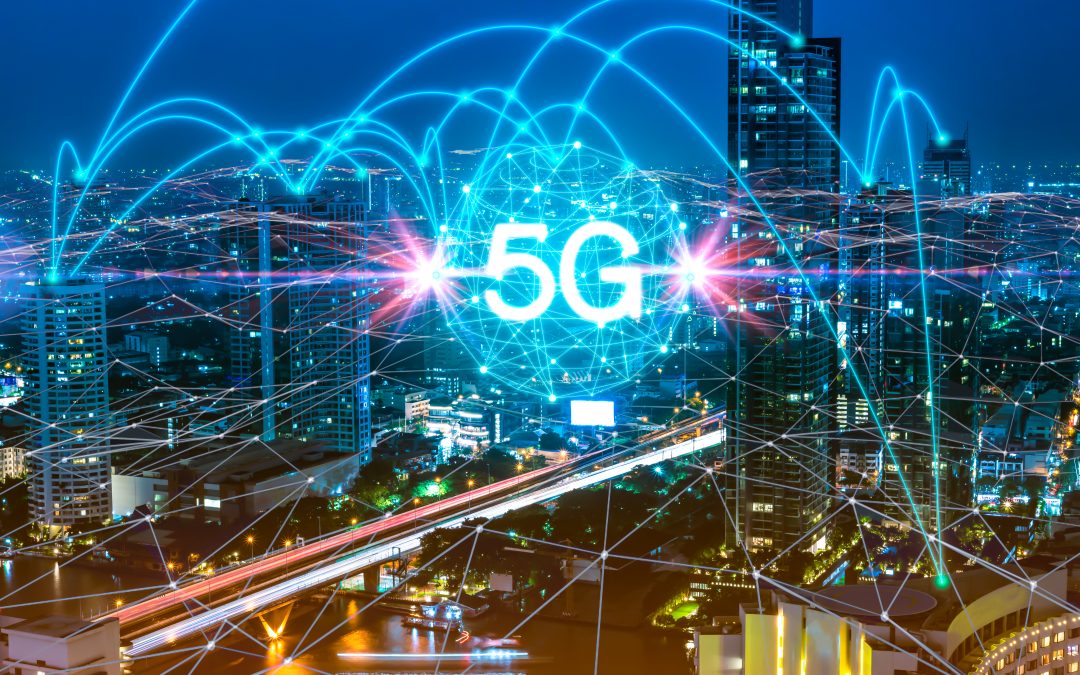Image: Shutterstock
Blog Editor’s Note: This item about Qualcomm is part of the recent buzz about the possibilities of using 5G for location services. Lots of potential there, we are sure.
Yet our telecommunications system has a critical dependency on GPS-derived timing. NIST recently called the impact on mobile networks of a extended loss of GPS (we understand that to mean 24 hours) “staggering.”
Last year we proposed a Resilient National Timing Architecture that would go a long way to solve that vulnerability.
In February of this year a pair of Qualcomm engineers published a paper showing how eLoran, a leading candidate technology for a national timing architecture, would be a good fit for supporting 5G.
We can’t continue to ignore our tech infrastructure by not having a reliable timing base. Otherwise we continue to build houses of cards.

5G: Bringing precise positioning to the connected intelligent edge
When we think of locating ourselves in the world or navigating to our destinations, satellite-based technologies like the global positioning system (GPS) readily come to mind. With a constellation of satellites covering the globe to help users resolve their location, GPS was a major improvement over earlier positioning technologies including closest cell tower and OmniTRACS for fleet management. We now have multiple satellite constellations to complement GPS. Smartphones and other compact positioning devices can use a combination of global navigation satellite systems (GNSS) like GPS, GLONASS, Beidou, and Galileo, and regional navigation satellite systems (RNSS) like QZSS and NavIC to provide meter-level precision.


